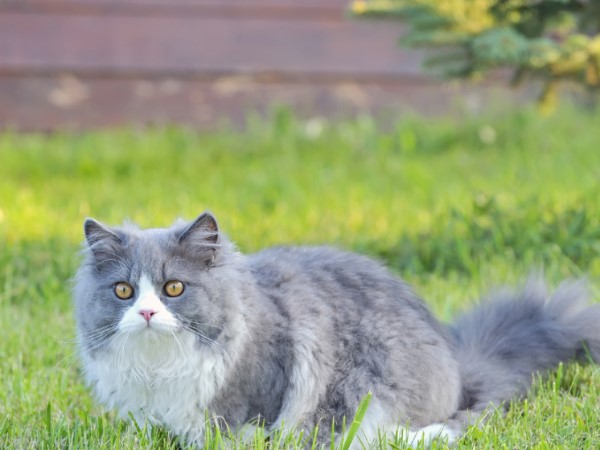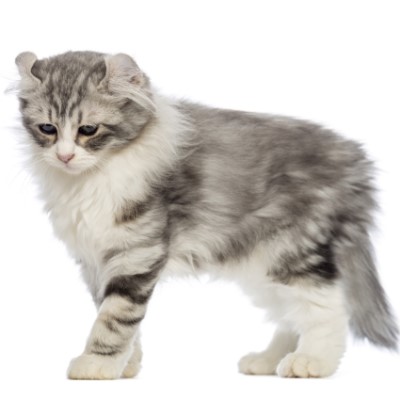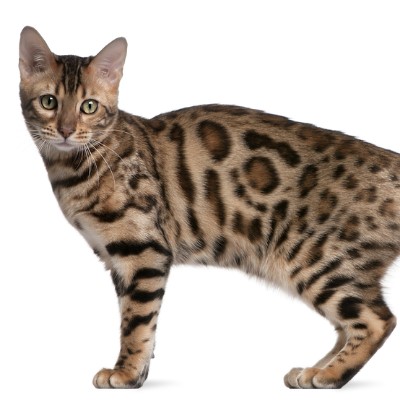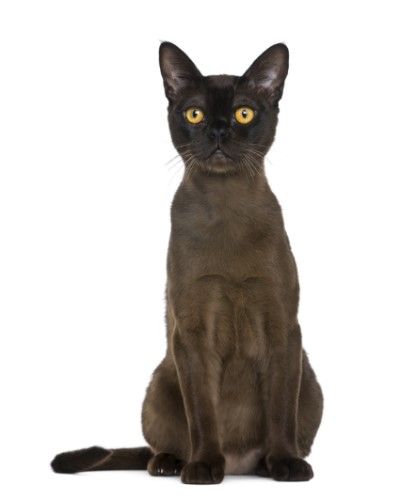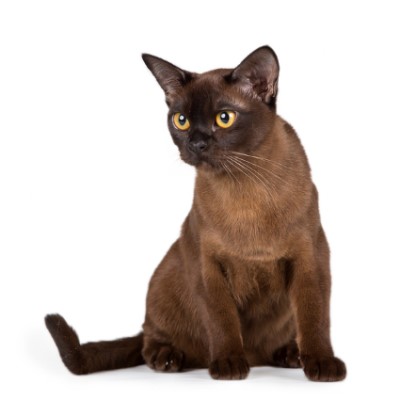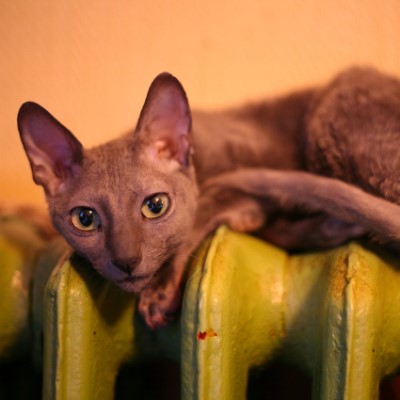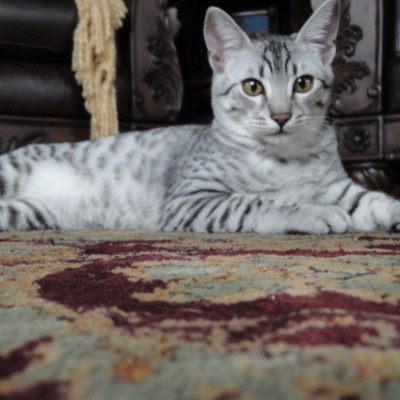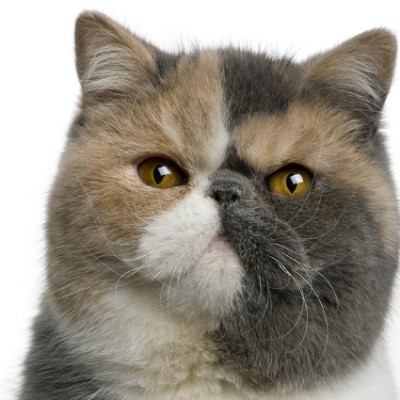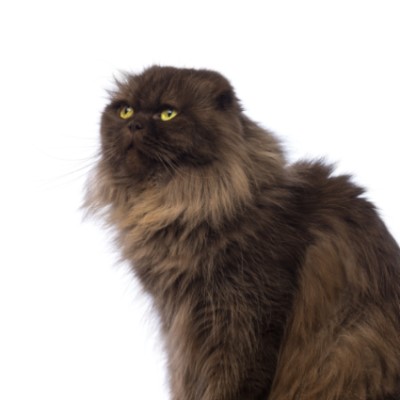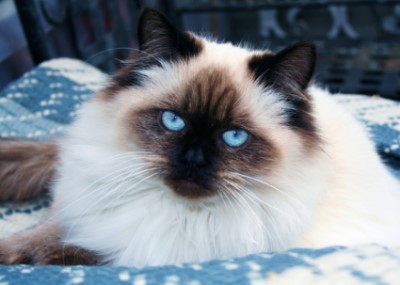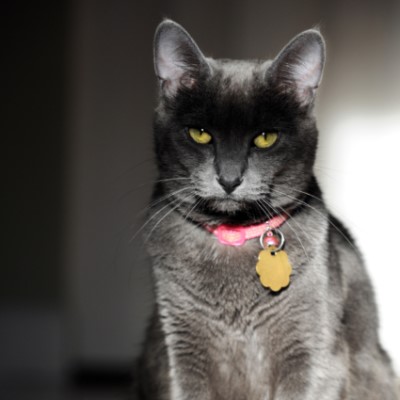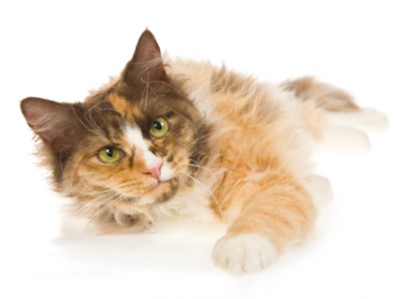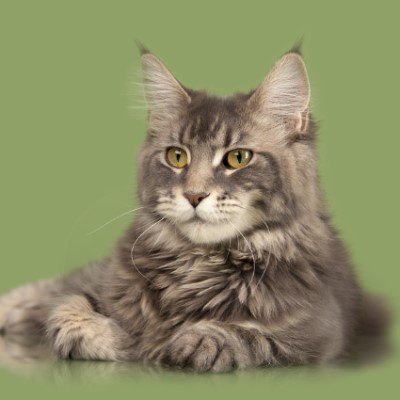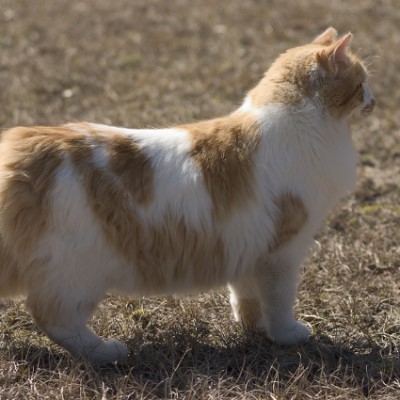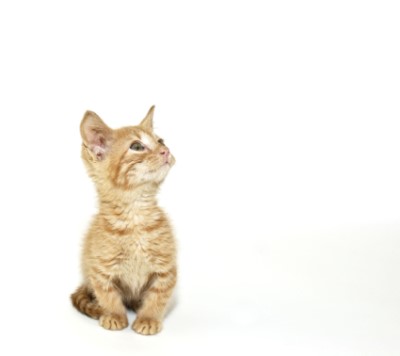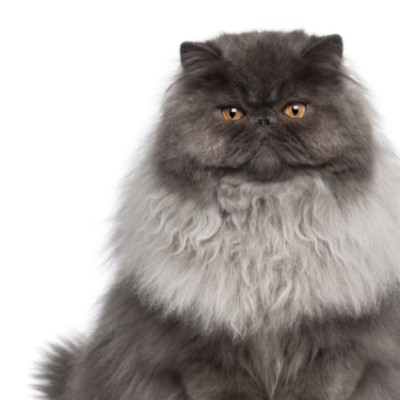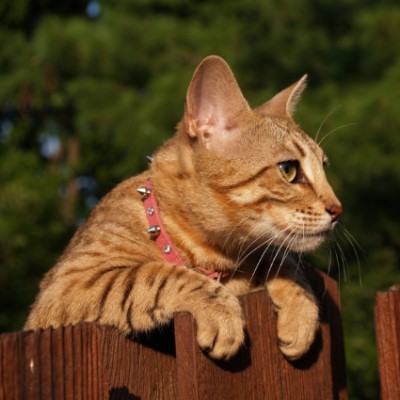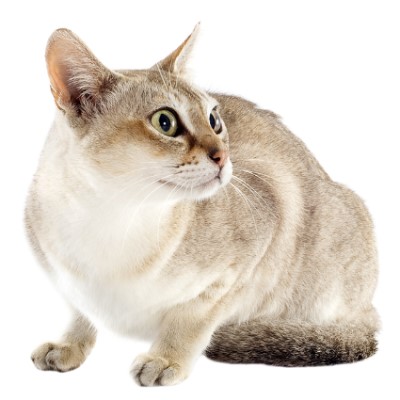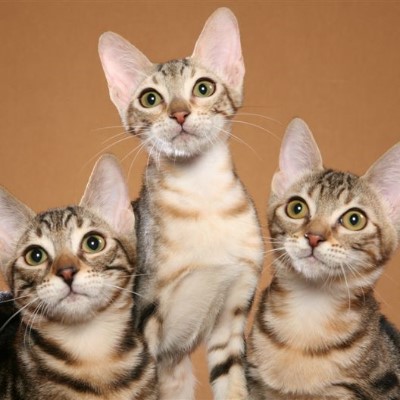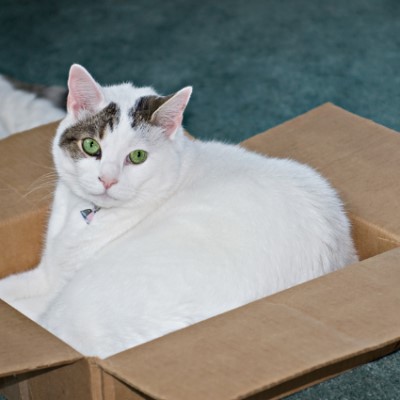Common Reasons for Surrender
The popularity of the Ragdoll cat has inevitably led to overbreeding with both reputable breeders and backyard breeders, one of the reasons the breed ends up in rescue and in shelters. The economy has also played a significant role in Ragdolls being taken to shelters or rescues. A family may move and they can either not afford to pay the steep pet deposit or the new residence does not allow pets, which results in the surrender of their Ragdoll.
Pros
Many people who adopt a Ragdoll cat quickly discover and fall in love with their gentle, laidback demeanor. A friendly and an affectionate breed, the Ragdoll generally isn’t needy and often loves snuggling with his humans. Grooming is typically easier than with other breeds due to their silky coats. A Ragdoll kitten often has a lot of energy, which wanes as he approaches his first birthday.
Cons
Ragdolls generally make great pets for families with children. However, it is important to remember that Ragdolls, like people, have individual personalities and histories, both of which should be considered when choosing the right cat for your family. A Ragdoll who has been abused or mishandled may not do as well with a family with children. Others may simply be shy. Be sure to take the time to find the right cat with the right personality for your family rather than focusing simply on the breed of cat. A long-haired cat, Ragdolls just have more hair and, although grooming is generally easy, they might not be a good match with someone who suffers from allergies. Ragdolls are also prone to such health problems as Hypertrophic Cardiomyopathy and food allergies.
Diet
Ragdolls often suffer from food allergies, which can be remedied with a proper diet. Provide your Ragdoll cat with a high quality cat food that is high in protein. Make sure the ingredients do notinclude grain or by-products of any kind. Byproducts often result in Ragdolls suffering from poor health, digestion problems, and an unhealthy coat. Follow the same guidelines when feeding treats, which should be offered in moderation. Popular treats with the Ragdoll include freeze-dried meats such as chicken and salmon.
Exercise
Ragdolls, for the most part, are generally not high energy cats and have even been described as “lazy.” During their kitten years, Ragdolls often enjoy running around and playing. But as they move into their adulthood, which may be between three and five years of age, Ragdolls will opt for minimal exercise. While Ragdolls may not want to exercise, especially into their adult years, be sure to fit in some play time each day to allow for bonding between you and your cat. Most cats enjoy playing with feather wands and chasing toys.
Possible Health Issues
Ragdolls are susceptible to Hypertrophic Cardiomyopathy and dental issues.
Litter
A large litter box works best with a Ragdoll. A jumbo or even a mega-jumbo size litter box should keep your cat happy and easily fit his large frame. While the electric litter box is popular with owners, most cats refuse to use them. Opt for a dust-free litter that clumps. You may find that your cat prefers one type of litter to another, so use what he likes best.
Grooming
Your Ragdoll will require minimal grooming. Use a fine-tooth metal comb to brush your Ragdoll weekly, and trim his nails as needed.
Training
While Ragdolls, like other cats, can be trained to do things like walking on a leash and playing fetch, training really isn’t a part of many cats’ lives. Instead of using training as a bonding time with your Ragdoll, you will quickly find that your Ragdoll just wants to snuggle with you when you’re in bed reading or watching television and will curl up in your lap for a nap on a frigid winter day.
Entertainment
Every Ragdoll has his own preferences for entertainment. Many love playing with feather wands and laser toys, which requires you to play along, while some prefer to play on their own, tossing around then burying their toy mice. Your Ragdoll will also be just as happy snuggling on your nap as you watch television in the evening.
We want to thank Merlin's Hope Ragdoll Rescue for help with this profile. Photos courtesy of MeLinda Hughes.
